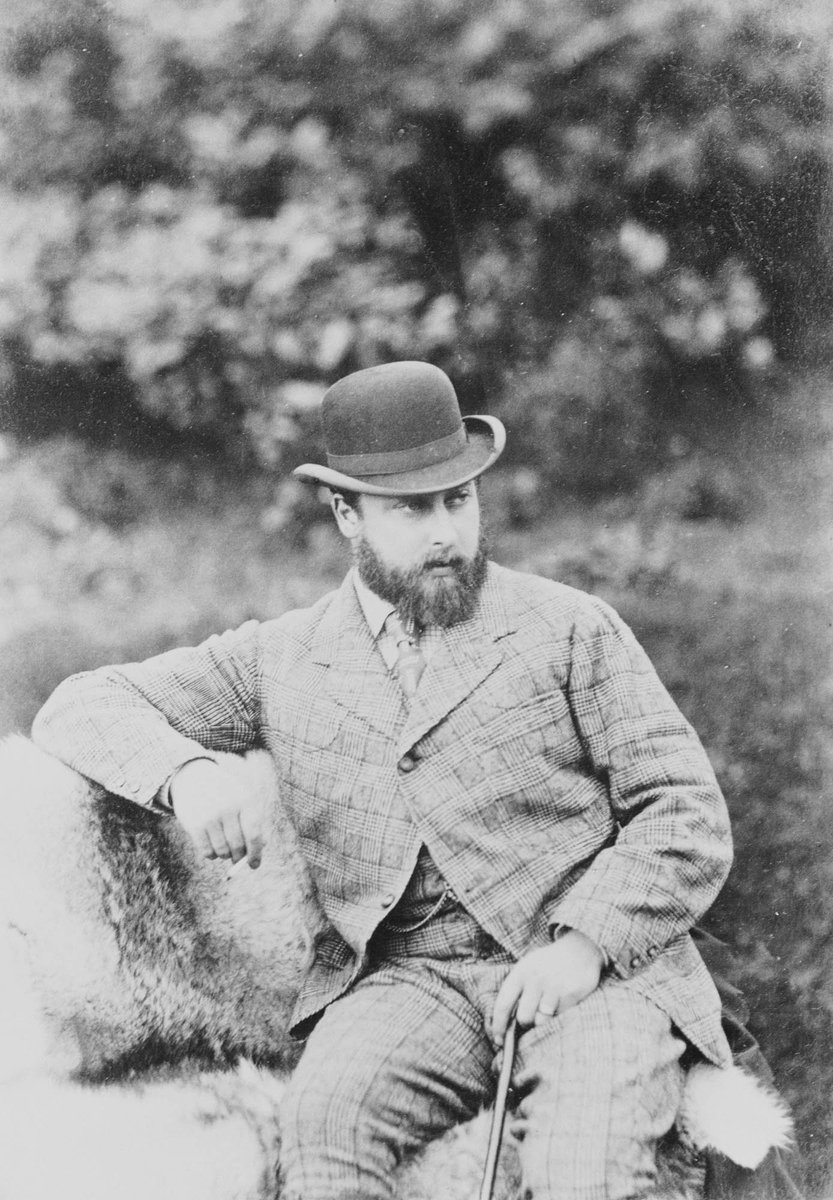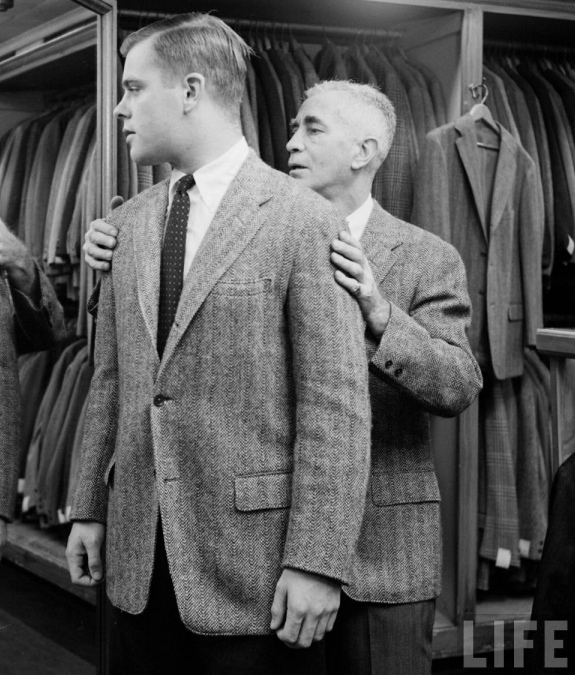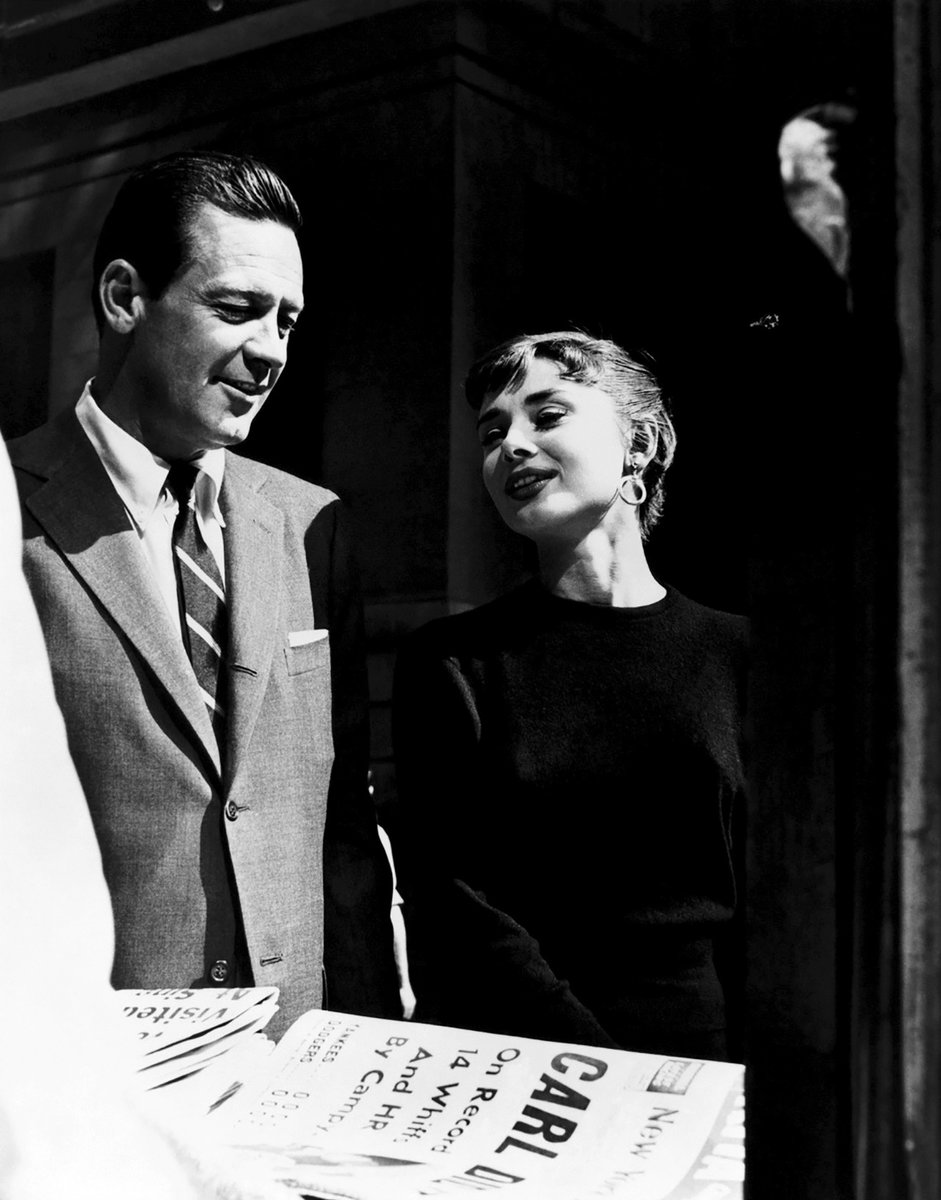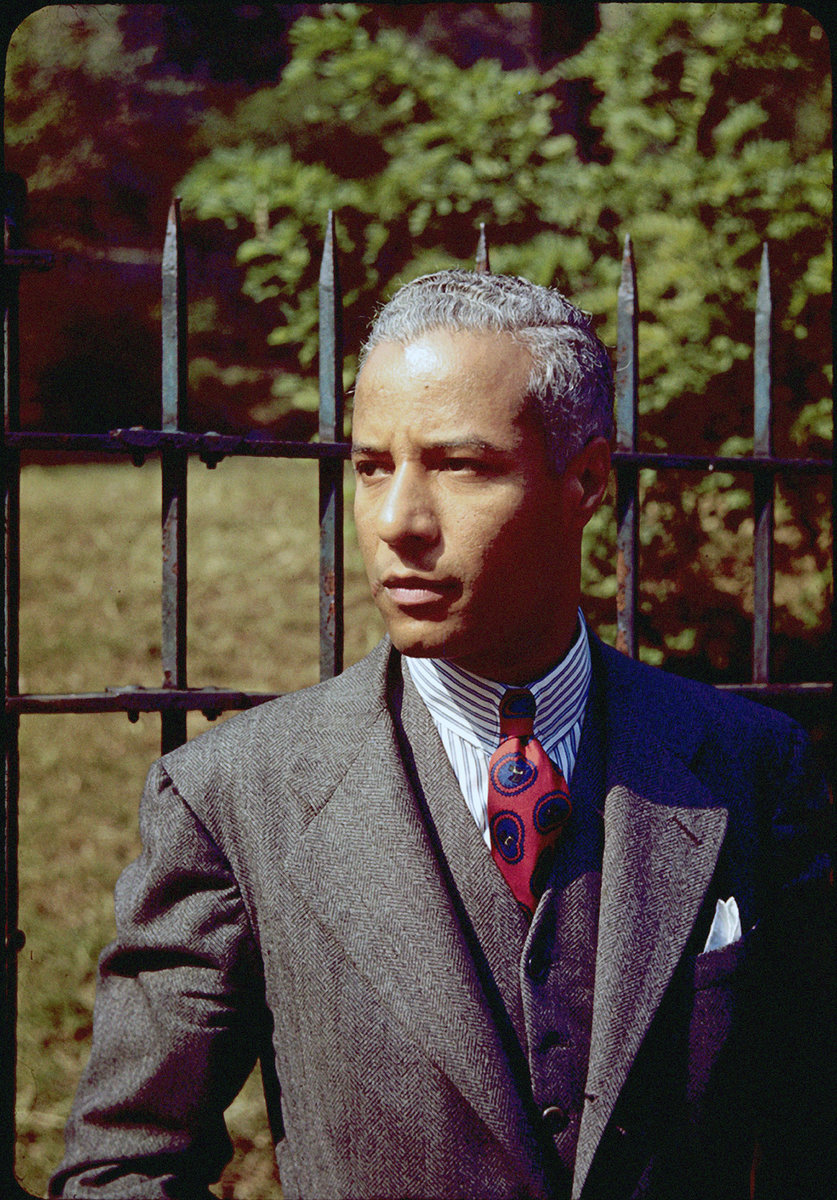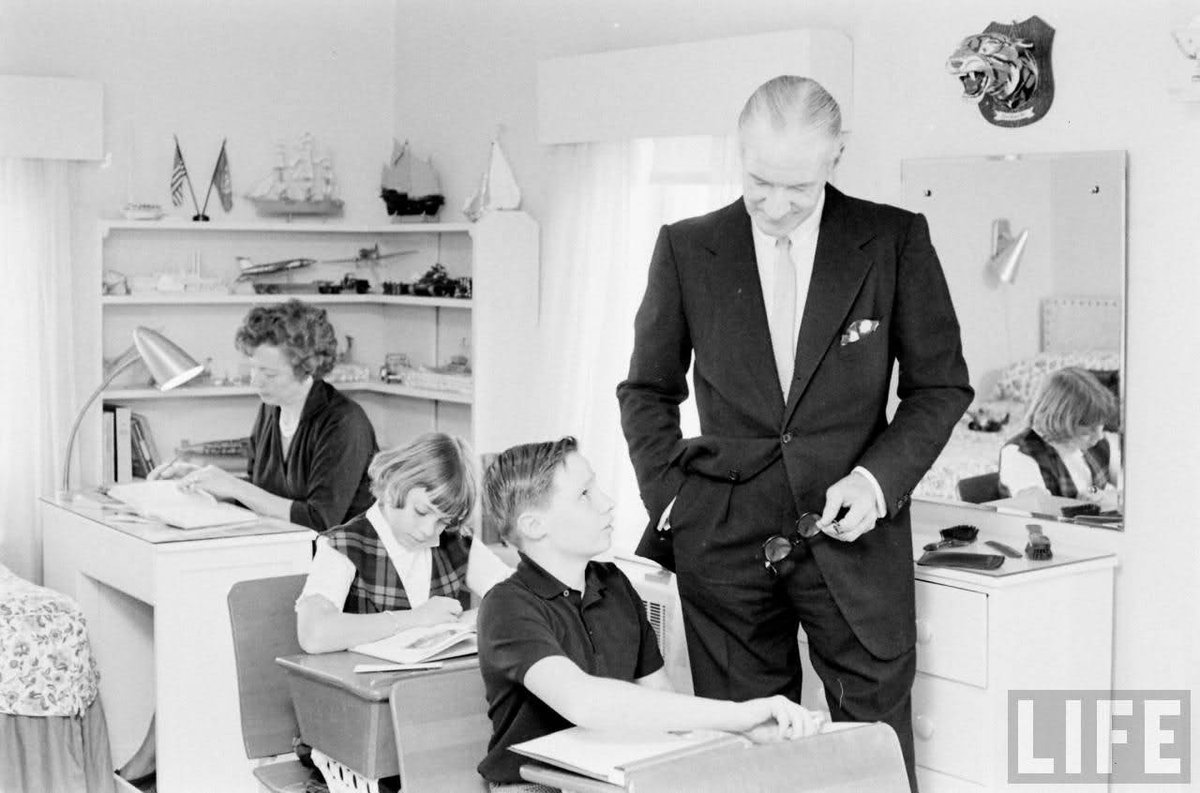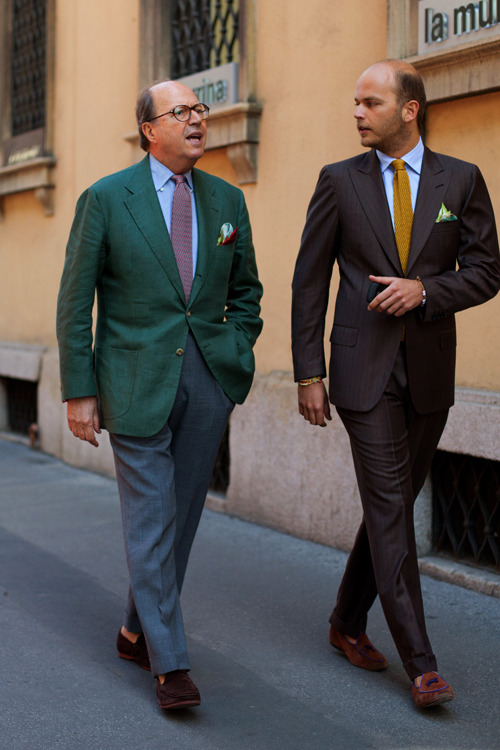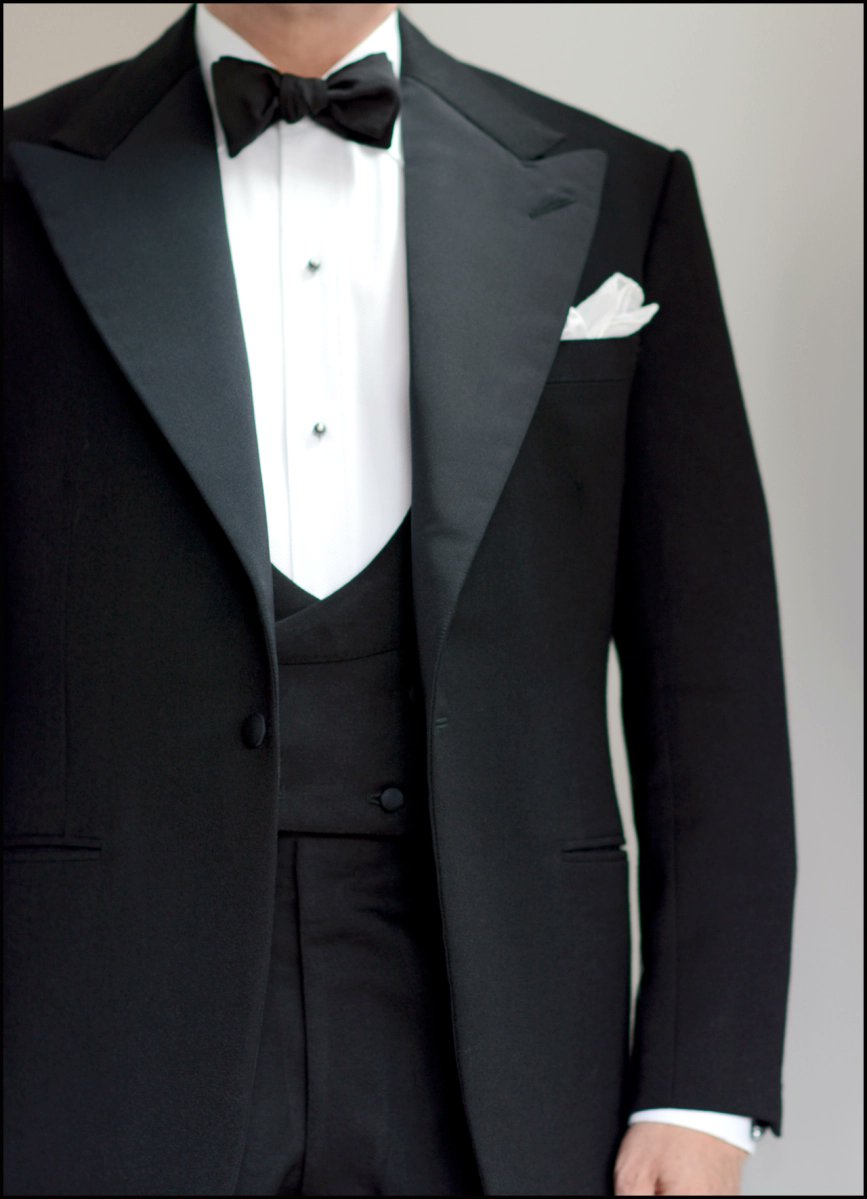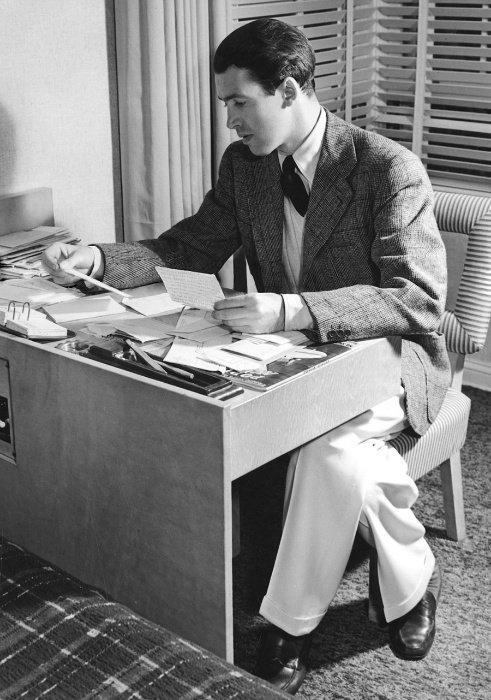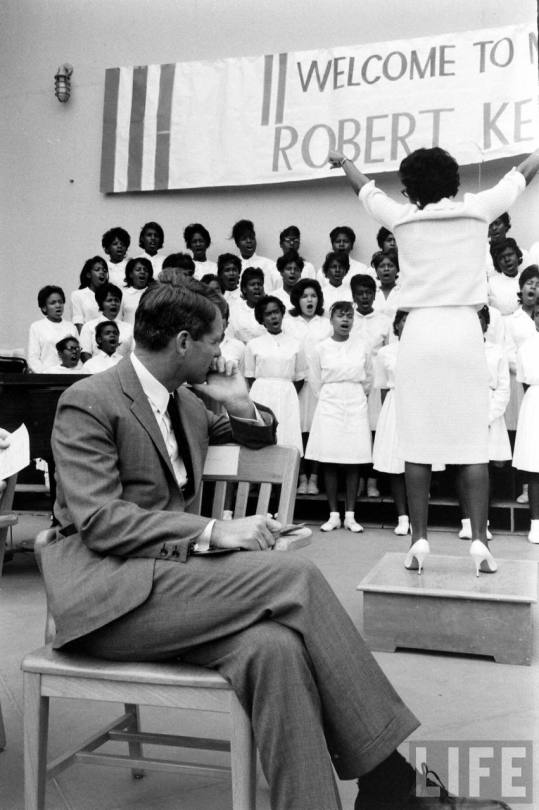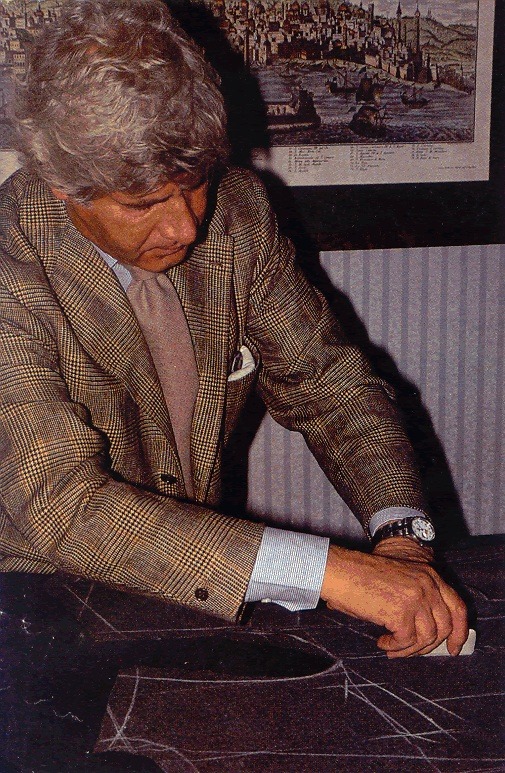the story about King VII may be apocryphal. i don't know of any primary evidence to support it started with him. but not every detail in an outfit has to have a "functional" purpose. clothing is about semiotics, so design is about social language 🧵
if people are bothered by the bottom-most button, they should also have a problem with the lapel's buttonhole, which is a vestigial detail from when coats were made with Ghillie collars designed to button up to the neck to keep the wearer warm.
at some point, people figured out they could fold the collar down so it sat flat against their chest. and viola—we get the single-breasted rever (lapel), which was the embryo of the modern suit. the buttonhole remains as vestigial detail from our past
i have seen some people ask why can't they just wear a one-button coat. the reason is bc the design is about social language, not just function. in Britain, a two-button config used to be the standard for business suits. here's Gregory Peck stepping out Huntsman on Savile Row
american style was historically marked by the three-rolle-two (3r2), which means the coat has three buttons, but the lapel rolls to the center button (looks best when you only fasten the center button, so now you have two useless buttonholes!)
no one truly knows where the 3r2 came from, but one origin story says ivy students in early 20th century pressed their coats to look 2-button when 3-button became passe. others say they pressed them to make them look old (as 3 button eventually rolls to center button). who knows
in any case, the 3r2 is appreciated now by people around the world, including Italy and Japan. it is also a hallmark of traditional Neapolitan tailoring.
the one-button coat is a signature of some tailoring houses, namely huntsman. but it is otherwise a formalizing detail best kept to evening clothes, such as tuxedos or mohair suits. detail should work in concert with other things, such as lapel style (e.g., peak, not notch)
in this sense, clothing details are like words in a sentence. cloth, cut, and details come together to create meaning.
for instance, four button at the cuff is standard for suits. but three button is a little more casual. two button is ivy. one button is sporty.
very few ppl today know or care about this sort of detailing bc tailored clothing is almost an artifact of history. but for ppl who love tailoring, this is part of the fun. and this answers the questions: why can't i fasten the bottom button? or why cant i have a single button?
for more on how to read formality in tailored clothing, you can check out his post
https://putthison.com/readin...
one more point: my feeling on the story about Edward VII getting too big to fasten his bottom-most button, and thus kicking off a century-plus trend, is that if a story sounds too neat and tidy, there's good reason to be suspicious of its veracity

